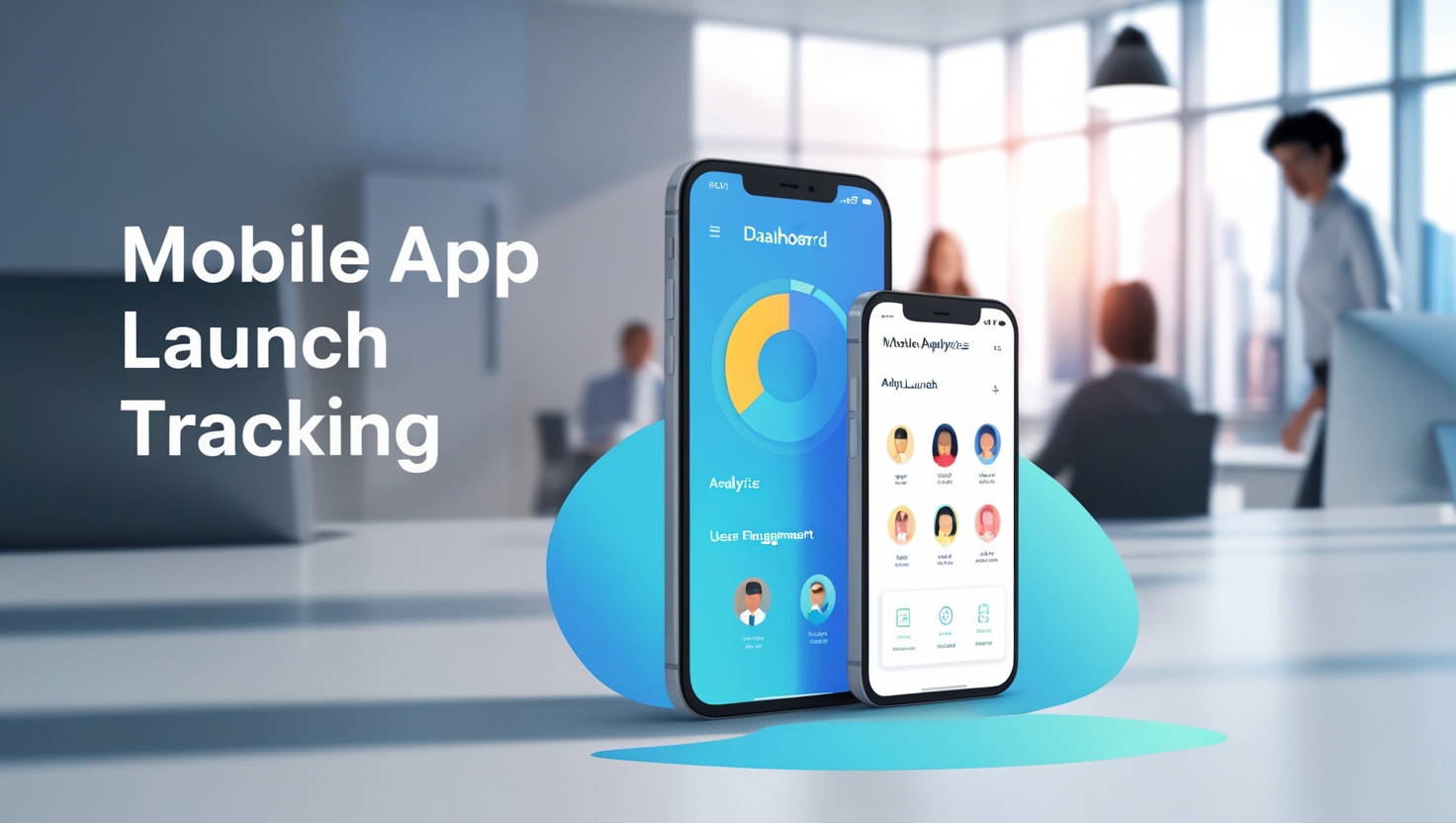Time & Attendance Management with Digital HR

In today’s fast-paced business environment, managing employee work hours efficiently is crucial. Gone are the days of manual timesheets and punch cards—Digital HR solutions have redefined how organizations track and manage workforce attendance. By integrating technology-driven time management systems, companies can improve accuracy, enhance compliance, and boost overall efficiency.
Let’s explore how digital HR streamlines time and attendance management, the benefits it offers, and why businesses should adopt this transformation.
The Shift from Manual to Digital Time Tracking
Traditional attendance tracking methods, such as paper-based records or basic spreadsheets, are prone to errors, time theft, and inefficiencies.
Human resource teams often struggle with payroll inaccuracies, buddy punching, and excessive administrative work.
With digital HR, companies leverage advanced solutions such as:
Biometric attendance systems (fingerprint or facial recognition) to eliminate proxy attendance.
Mobile clock-in/out applications for remote workforce management.
Cloud-based time tracking tools to ensure real-time access to attendance data.
AI-powered analytics to monitor trends and optimize workforce schedules.
Example
A logistics company employing remote drivers implemented a GPS-enabled digital time-tracking system. This not only prevented fraudulent check-ins but also provided real-time location insights, enhancing both productivity and security.
Benefits of Digital HR in Time & Attendance Management
1. Accuracy and Transparency
Digital systems eliminate manual errors and ensure employees are paid based on actual working hours. Automated calculations minimize discrepancies in payroll processing.
2. Enhanced Employee Productivity
By automating attendance tracking, HR personnel can focus on strategic tasks rather than spending hours verifying timesheets. Employees also gain access to self-service portals, enabling them to track their work hours, request leaves, and view attendance reports independently.
3. Compliance and Labor Law Adherence
Businesses must comply with labour laws regarding overtime, break hours, and employee rights. Digital attendance solutions ensure organizations adhere to regulations, reducing legal risks and potential fines.
4. Seamless Payroll Integration
Modern HR solutions integrate with payroll software, automatically computing salaries based on attendance data, overtime, and deductions—minimizing errors and ensuring timely payments.
5. Flexibility for Remote & Hybrid Workforces
With the rise of hybrid work models, organizations require solutions that cater to flexible schedules. Cloud-based time tracking allows remote employees to log their hours, ensuring fair work monitoring without micromanagement.
6. Fraud Prevention and Security
Biometric and AI-based verification methods eliminate the chances of buddy punching and unauthorized time alterations. Organizations can ensure attendance data integrity with audit trails and access logs.
Key Features of a Digital HR Time & Attendance System
1. Automated Time Capture
HR software records employee work hours automatically through smart cards, biometric devices, or mobile applications, reducing the need for manual inputs.
2. Real-Time Monitoring & Alerts
Supervisors receive real-time notifications for late check-ins, early departures, or unauthorized overtime, enabling swift action and better workforce oversight.
3. Geofencing & GPS Tracking
Organizations with field employees or remote teams use GPS-enabled solutions to track employee locations, ensuring legitimate check-ins.
4. Self-Service Portals
Employees can log in to a digital platform to check attendance, apply for time-off, and view shift schedules—promoting engagement and autonomy.
5. Customizable Reports & Analytics
HR teams can generate reports to analyse workforce attendance trends, identify absenteeism patterns, and make data-driven decisions.
6. Mobile Accessibility
Cloud-based attendance management allows seamless access from mobile devices, ensuring flexibility for both employees and HR teams.
Challenges in Implementing Digital Time & Attendance Solutions
While digital HR solutions offer numerous advantages, companies may face some challenges in implementation:
1. Resistance to Change
Employees accustomed to traditional tracking methods may resist digital transformation. Proper training and communication are essential to ease this transition.
2. Initial Investment Costs
Although long-term cost savings are significant, implementing a digital system requires initial investment in software and hardware. Companies must assess ROI before adoption.
3. Data Privacy & Security Concerns
With digital solutions handling sensitive employee data, organizations must ensure cybersecurity measures, such as encryption and access controls, to prevent breaches.
4. Integration with Existing Systems
Some businesses face difficulties integrating new attendance management systems with their existing HR and payroll software. Choosing scalable and compatible solutions is crucial.
The Future of Digital HR in Workforce Management
The evolution of artificial intelligence, machine learning, and cloud technology is set to redefine HR processes further. Future trends in time and attendance management include:
AI-driven workforce scheduling: Predicting workload demands and optimizing shift allocation.
Wearable attendance tracking: Smartwatches and IoT devices enhancing real-time workforce monitoring.
Blockchain for data security: Ensuring tamper-proof attendance records and compliance tracking.
Facial recognition & voice authentication: Contactless, secure attendance verification.
Example
A multinational IT firm integrated AI-powered time-tracking tools, reducing attendance-related disputes by 40% while improving workforce efficiency.
Final Thoughts
Time and attendance management with digital HR is no longer a luxury—it’s a necessity for businesses striving for efficiency, compliance, and employee satisfaction. By implementing automated solutions, companies can eliminate manual errors, reduce administrative burdens, and enhance workforce transparency. Investing in a robust digital HR system ensures seamless time tracking, improved payroll accuracy, and a productive work environment.
Organizations ready to adopt this digital transformation will find themselves ahead of the curve, fostering a smarter, more engaged workforce.
Interested in upgrading your time & attendance management? Explore Smart Workforce today and revolutionize the way you manage your workforce!
Note: IndiBlogHub features both user-submitted and editorial content. We do not verify third-party contributions. Read our Disclaimer and Privacy Policyfor details.







